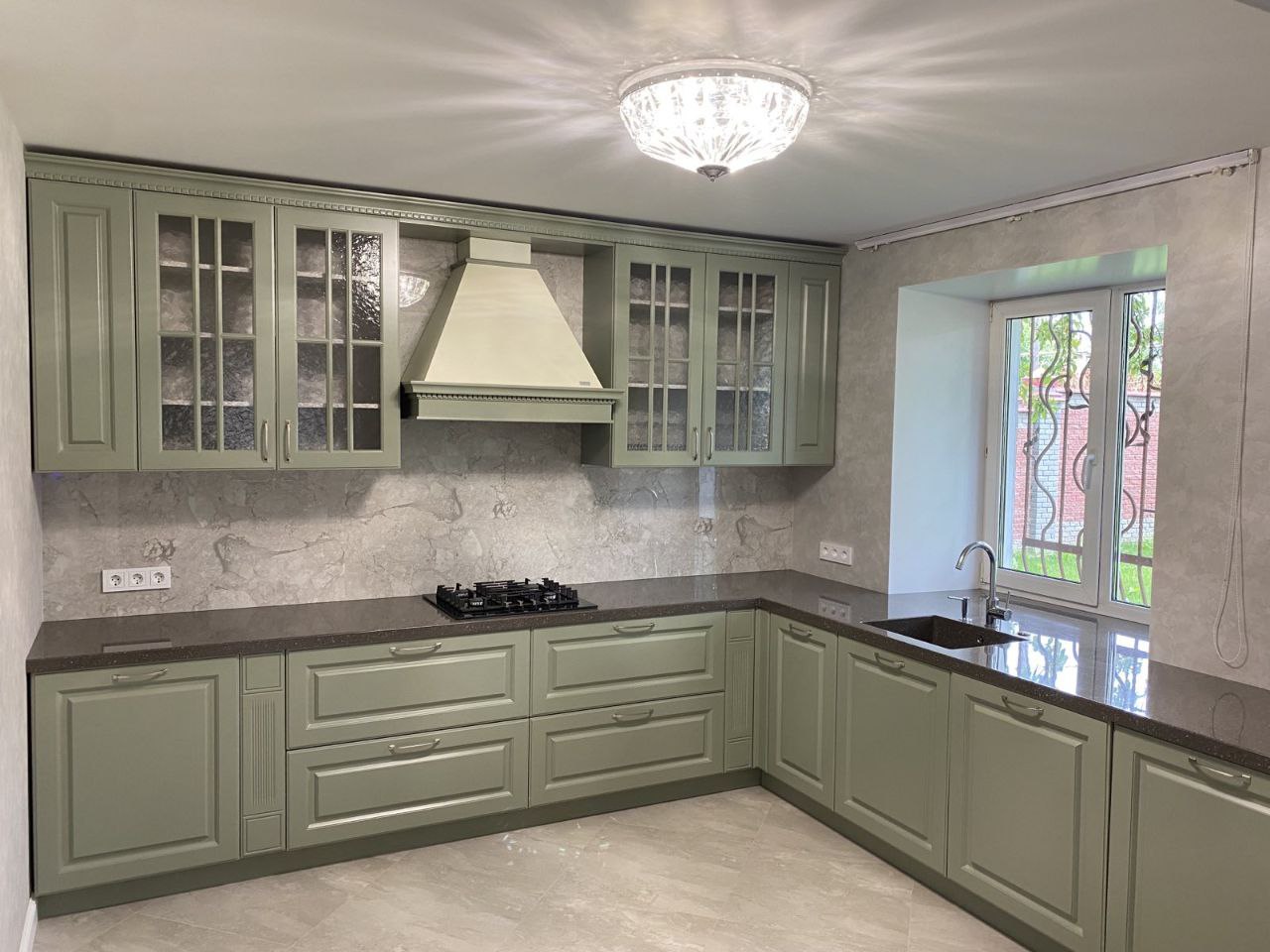
Exquisite Culinary Interiors Crated
Introduction
The art of culinary experiences extends beyond the delectable dishes served to the atmosphere in which patrons dine. Exquisite culinary interiors are crafted with the intention to immerse guests in an environment that stimulates their senses, complements the cuisine, and enhances the entire dining experience. This article delves into the elements that go into designing such captivating spaces.
The Essence of Design
Designing for culinary spaces is a nuanced art that requires a balance of functionality and aesthetics. Every aspect of the interior, from the lighting and seating arrangements to the color palette and materials used, plays a vital role in crafting an ambiance that resonates with the cuisine and ethos of the restaurant.
Function Meets Style
In the world of gourmet dining, the layout of a space is pivotal. It must facilitate seamless movement for staff while allowing guests privacy and comfort. The choice of furniture not only adds to the visual appeal but also determines the flow of the restaurant. Designers often customize pieces to reflect the theme and ensure the ergonomics are in line with a high-end dining experience.
Lighting: The Mood Setter
Lighting is one of the most critical elements in any interior, particularly in culinary spaces where it serves to highlight the dishes served and create an intimate dining atmosphere. Designers use layers of lighting, from ambient to task and accent, to craft experiences that can adapt from a bright lunch to a dim, luxurious dinner setting.
Color Palette and Materials
The choice of colors and materials can evoke emotions and set the cultural tone of a culinary establishment. Warm hues and rich woods may suggest a cozy, traditional eatery, while sleek metals and bold accents are often indicative of modern, avant-garde restaurants. The tactile sensation of surfaces also contributes to the overall sensory experience.
Crafting the Perfect Culinary Stage
Ultimately, the mark of a well-designed culinary interior is its ability to merge practicality with the theater of dining. Attention to detail in every nook, whether it's the art on the walls or the presentation of the table settings, is crucial. The dining room becomes a stage, and when done right, it's a place where patrons savor not only the meal but the space itself.
Conclusion
Crafting exquisite culinary interiors demands more than a keen eye for design—it requires a deep understanding of the culinary arts and the journey of the diner. As designers continue to innovate and tailor spaces to the ever-evolving tastes of patrons, the resultant interiors are not just spaces for eating but are masterpieces of design that make dining an unforgettable experience.